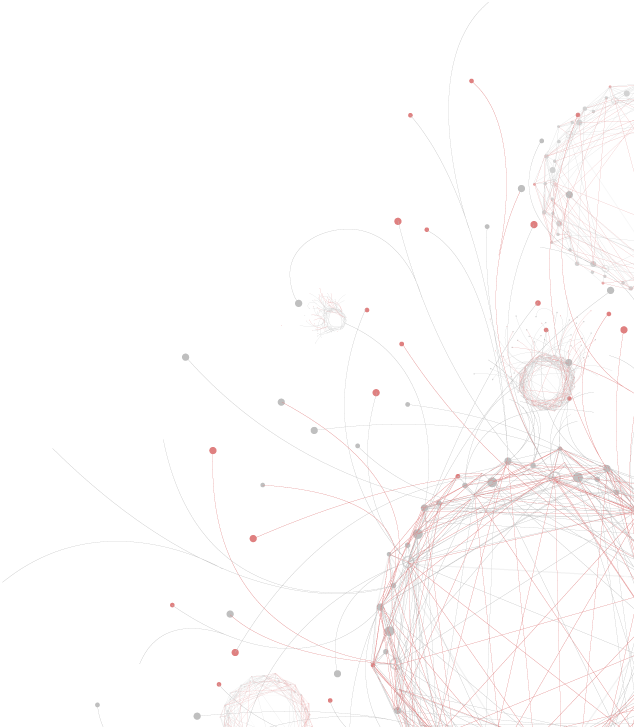This website is no longer updated and has been replaced with a static copy. The Spatial History Project was active at Stanford University from 2007-2022, engaging in dozens of collaborative projects led by faculty, staff, graduate students, post-docs, visiting scholars and others at Stanford and beyond. More than 150 undergraduate students from more than a dozen disciplines contributed to these projects. In addition to a robust intellectual exchange built through these partnerships, research outputs included major monographs, edited volumes, journal articles, museum exhibitions, digital articles, robust websites, and dozens of lightweight interactive visualizations, mostly developed with Adobe Flash (now defunct). While most of those publications live on in other forms, the content exclusive to this website is preserved in good faith through this static version of the site. Flash-based content is partially available in emulated form using the Ruffle emulator.
Forma Urbis Romae Project
Using GIS technology and accepted scholarly methods, this multi-disciplinary project intends to create a layered history of Rome by updating Forma Urbis Romae, the cartographic masterpiece of ancient Roman topography published in 1901 by archeologist Rodolfo Lanciani. This extremely accurate map measures 25 by 17 ft and uses an innovative graphic system that represents Rome’s historic urban fabric as a series of transparent layers from ancient to modern. The map remains the standard archeological reference for Rome even though it does not incorporate archeological discoveries uncovered since its original publication 100 years ago.

We plan to critically examine, update and eventually republish the map as an interactive website that will also serve as a dynamic geo-database for scholars and others.
The Forma Urbis Romae Project will provide scholars with an innovative tool to study the complex urban fabric of Rome as it has evolved over three millennia. Using state of the art GIS technology and user interface design (for mobile and web), the project will allow users to examine the city, historic layer by historic layer, uncovering its epochs from ancient to modern. As a dynamic geo-database that expands over time, it will reflect current archeological research in the field that will promote a better understanding of the city’s rich history.
The end result will highlight the continuity between ancient and modern and reveal how ancient buildings shape subsequent urban form. It will also show the evolution of the archaic city of the hills into the Renaissance city of the flood plain and then the merging of the two into modern urban form. While classicists would find recent scholarship of ancient Rome, anthropologists and urbanists would learn more about the physical transformations of a vibrant city. On the other hand geographers would witness the application of a new tool for describing and assessing the development of the largest city of the ancient world.
Besides those mentioned above, scholars in general would find the results of this project useful for examining complex cultural and spatial relationships over time. Rome’s manifest importance in the history of Western Civilization has drawn a host of foreign academies, university programs and learned societies to itself many of which would find our project to be fundamental to their analysis of the city. Our project team will bring its considerable experience in web-based design in the study of the humanities to ensure an highly intuitive product that is accessible, interactive and expandable.
The Forma Urbis Rome Project builds on two of our previous websites (nolli.stanford.edu and vasi.stanford.edu) that examine 18th century Rome through the cartographic (Giambattista Nolli) and pictoral traditions (Giuseppe Vasi) of viewing the city.

Former Research Assistants:
David Cho, Lucas Dube, Lauren Hoffman, Ian Korn, Kelly Mabry, Anna Ponting, Gabrielle Rhoades, Ashleigh Wais, Laura Zehender






